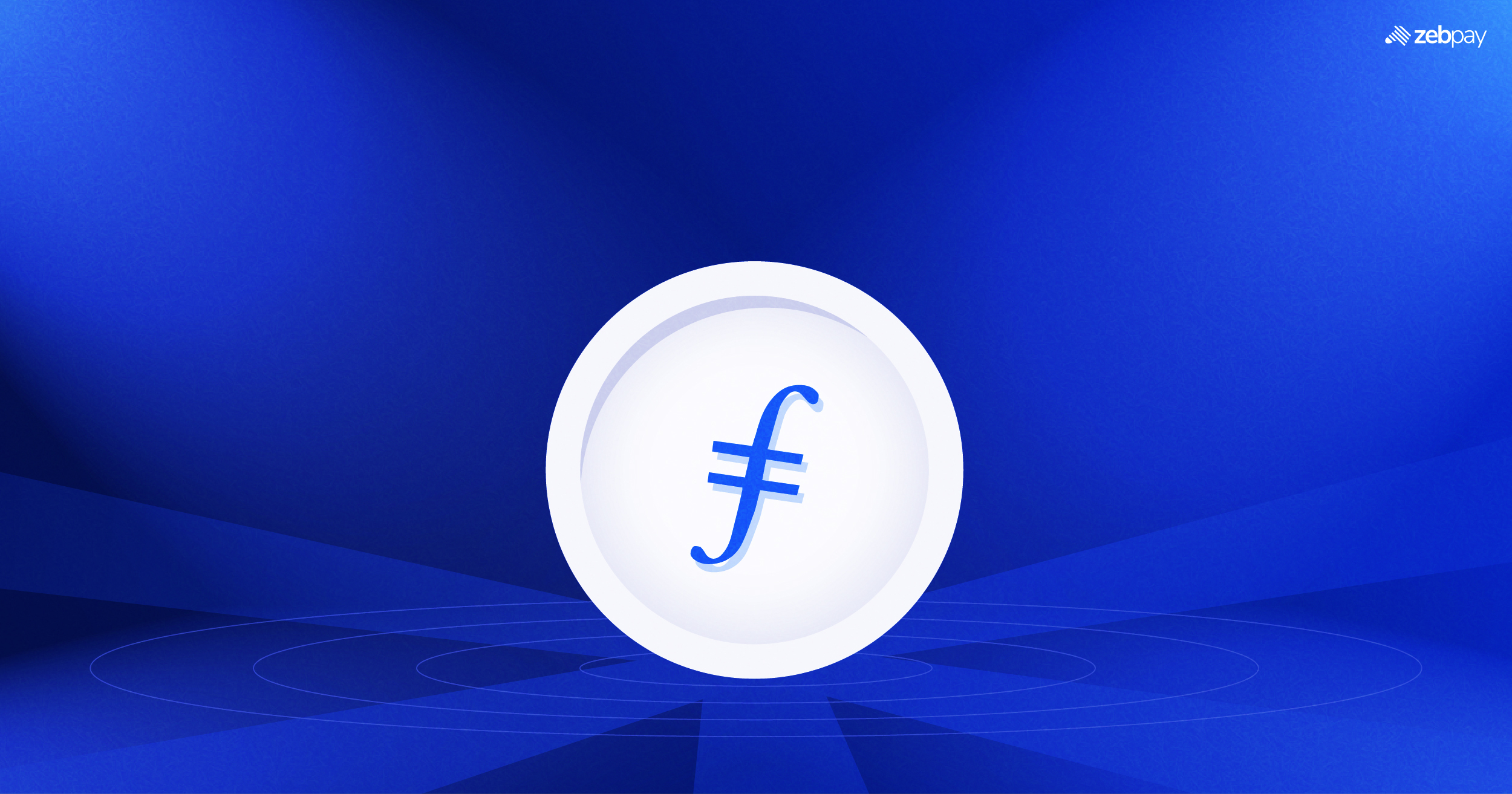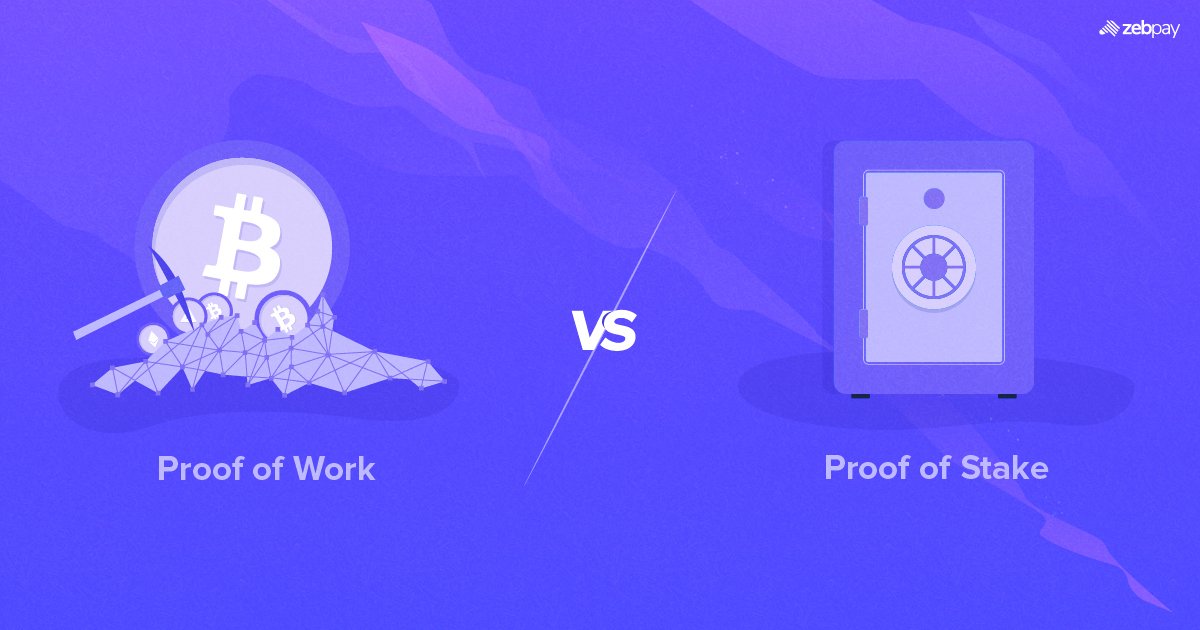Filecoin is a crypto project that aims to incentivize global computer operators to provide a storage and file-sharing service. Juan Benet released a whitepaper and introduced this project in 2014. The founders of Filecoin claim that it has the potential to become the cheapest and fastest way to store data online. The storage and exchange of files cannot be censored or controlled by governments or other entities, as they do not rely on a central authority.
Miners maintain the Filecoin network and provide storage capacity to make this project work. These miners are rewarded for providing storage space to users. Filecoin users pay miners for the storage and retrieval of their data.
How Does Filecoin Work?
Filecoin is a ledger that records all transactions made through its native crypto token, FIL. Filecoin also stores the agreement between miners who provide storage and users whose data is being stored. There are two aspects to this file storage method : how does Filecoin assure users that miners have the accurate version of their files? And how does Filecoin ensure criminal entities do not tamper with your data? The Filecoin blockchain uses two consensus mechanisms to solve these issues: Proof of Space-Time and Proof of Replication.
Miners must prove that they are storing user data correctly in the proof of replication system. This system involves a cryptographic hash identifying the file. The miner ID and hash are recorded to the Filecoin blockchain; this confirms the encrypted data storage.
The proof of space-time mechanism ensures the miners hold accurate user data at a given time. This mechanism picks miners at random intervals to check the proof of storage. Any node that cannot produce proof of storage receives a penalty.
Miners stake FIL tokens to commit space to the Filecoin network and can lose these tokens if they do not abide by the storage rules.
So how do you use Filecoin to store data? First, you choose a decentralized application such as Estuary or ChainSafe Files. These decentralized applications provide an easy interface for you to drag and drop files, choose a storage provider, and set the terms of the storage agreement.
Next, you negotiate the price in FIL tokens for storing data. You pay the storage provider after an agreement is reached. This agreement is recorded on the FIL blockchain. Finally, the retrieval of data is quick once you send the request. The Filecoin network assigns retrieval miners to fetch your data quickly.
The FIL token powers the Filecoin blockchain. Miners are rewarded with this token, and users pay using the FIL token to store their files. Along with its utility functions, FIL is a governance token that users can use to vote on vital issues in this project.
What are Some Filecoin Use Cases?

The Filecoin blockchain allows users to choose the best storage options. Individuals and organizations have unused storage space that they can offer to this network. They are rewarded with FIL tokens for their service. Users can also build decentralized applications for storage. These applications include defi apps and decentralized video apps.
How to Mine Filecoin?
Filecoin mining works differently from other crypto mining as it involves two unique consensus mechanisms. There are five types of users in Filecoin: users, miners, developers, Filecoin partners, and token holders. File storage, token exchange, and file retrieval are the three types of markets in the Filecoin ecosystem.
This network also has three types of miners. First, storage miners earn FIL tokens for storing user data. The reward depends on the amount of storage these miners provide. Next, retrieval miners earn a FIL token reward for retrieving a particular file. This reward depends on the size and market value of the file. The last type of miners are repair miners, the infrastructure for this will be implemented in the future.
An associated power value is assigned to each Filecoin miner. This value depends on the amount of space contributed by the miner. This power value also determines the chance of earning the right to mine a block.
Read more: How To Build A Crypto Mining Rig
What is Filecoin’s Future?
The way we store and access data has evolved over the years. In the corporate world, data storage has evolved from on-site storage to a combination of big server rooms and diversified cloud storage. Consumer data storage has also changed, with users relying on cloud storage. Big cloud storage companies like AWS and HPE have been chosen for years, hindering competition. Filecoin enables customers with the best deals for them regardless of who the storage provider is. This feature creates a more competitive storage market.
Filecoin solves issues of global file storage and retrieval inefficiencies. It empowers users, and they are less likely to be bound by expensive contracts with big companies.
You can now buy Filecoin (FIL) on ZebPay. Stay up to date with the latest crypto news on ZebPay blogs.







